-
Popular Topics
-
Topics
-
Recent Status Updates
-
Options
Options
-
if we had rped w spanish as a language in 2016 I would be fluent by now but instead i know blah
-
Yeah, I like leaking private discord messages to use as firepower against people I dislike.
Yeah, I like being snarky and obtuse towards people who I feel deserve it.
Yeah, I enjoy being a nuisance.
What about it?
Wait, Story Team? What the Hell is that and why should I join it?
Edited by siglms_
No Recent Status Updates -
Options

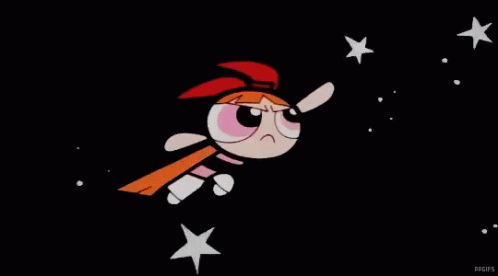


.thumb.png.9a38c5747ea7f97097f9c9bfc2dc8bb9.png)
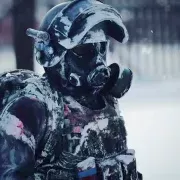
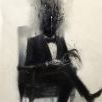



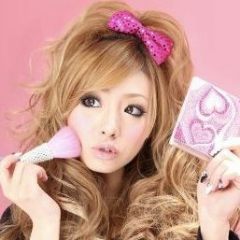


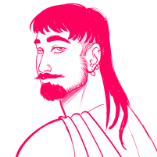
Recommended Posts